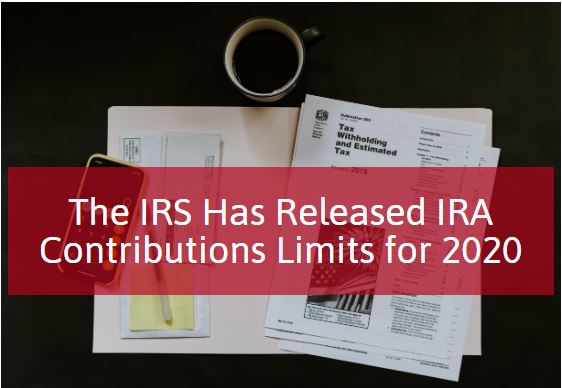
Each year, the IRS announces IRA contributions and their limits, Traditional IRA deduction income limits, and Roth IRA contribution income limits. Not only is there a maximum amount that Americans can contribute to their IRAs each year, but not everyone is eligible for both types of IRAs.
Click here for the self-directed IRA contribution limits for 2021.
The 2020 IRA Limits
While there are several inflation-related tax changes taking place in 2020, one thing that’s staying the same is the IRA contribution limit. IRA owners are allowed to contribute a maximum of $6,000 to their accounts in 2020, with an additional $1,000 catch-up contribution allowed for savers who have already reached their 50th birthdays.
It’s important to point out that the contribution limits are per person, not per account. In other words, you’re allowed to contribute to more than one IRA in 2020, but your total contributions can’t be more than the following:
- $6,000 total contribution
- $7,000 total if you’re 50 or older
When 2020 IRA Contribution Limits Go Into Effect
Contribution periods for IRA and other retirement accounts follow the tax year calendar from January 1 to December 31 every year. You can make traditional or Roth IRA contributions up to the 2019 limit until December 31 of the current year. After that, you can start the cycle again and contribute up to the new 2020 limits.
Click here for more on the 2019 Roth IRA contribution limit
What Happens If You Contribute too Much to an IRA?
There are tax penalties if you exceed the contribution limit for an IRA or other retirement savings account. IRA contributions over the annual limit are taxed at a 6% rate as long as they remain in your account. To avoid this tax, you’ll need to withdraw the excess amount as well as any income you earned from that excess contribution.